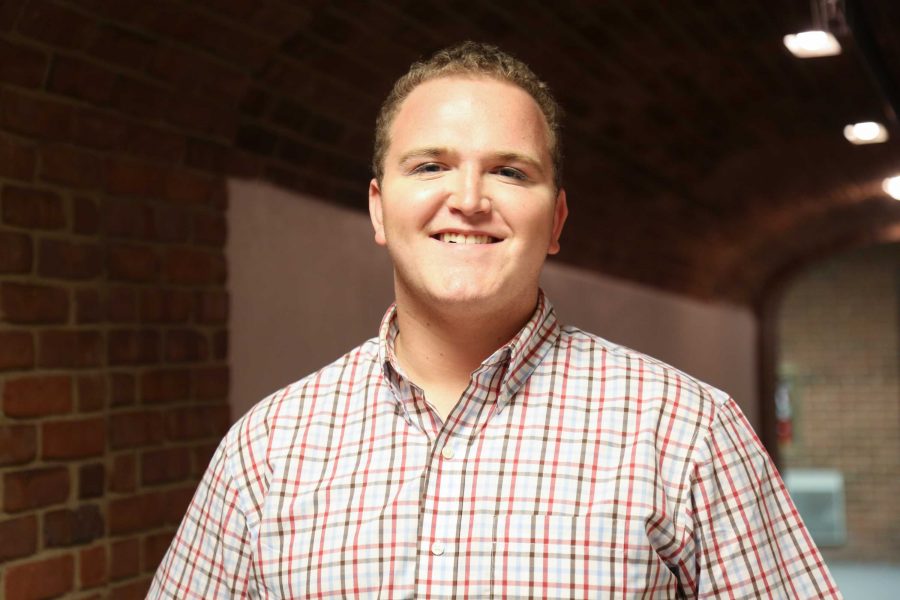Every year, Chancellor Zeppos chooses a different topic that the university will focus on, and the topic last year was mental health and well-being. A faculty and staff committee was created, and a new website was launched. Yet, as a student heavily invested in mental health on this campus through a variety of organizations and relationships with faculty and staff, I saw very little progress being made.
One of my greatest issues with Vanderbilt’s approach to mental health is that it is intentionally exclusionary of students. The committee created to focus on the mental health of students had a single undergraduate student, and a single graduate student, and though I’m glad that they at least had a student voice, it’s frustrating to see that they think a single undergraduate voice is enough to represent the diversity of our student body and that body’s diverse mental health needs.
Beyond the mental health town halls, the mental health events last year put on by the university occurred during times when the vast majority of students were in class. On the day that this article is published, G.L. Black’s newly formed committee on mental health for marginalized communities will be meeting for the first time, from eleven to noon. Though he has asked specifically for students to be on this committee, it is scheduled during a time when, again, students are in class.
It seems that with every passing mental health event or committee put on by the university it becomes more clear that these are superficial actions. It’s great for Vanderbilt to be known for having “the happiest students” as long as that allows the university to not truly address the deeper issues at work. I continue to hold out hope that they are truly committed, and that these issues are ones they’re attempting to work on, but with every event I become less hopeful, and more aware that this work is going to fall to us as students.
Come back in two weeks and see how you can get involved, and what progress I hope to see made in the coming months!

